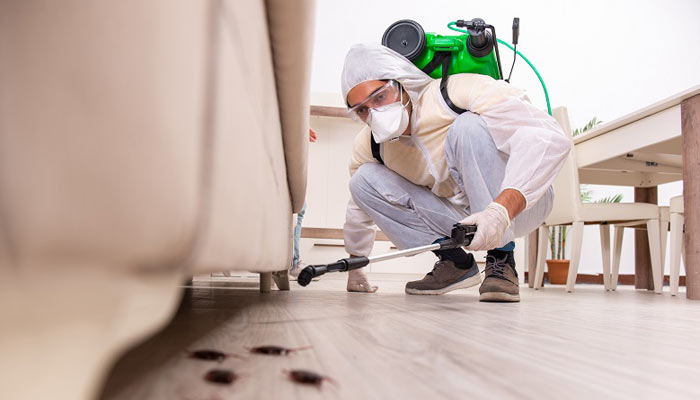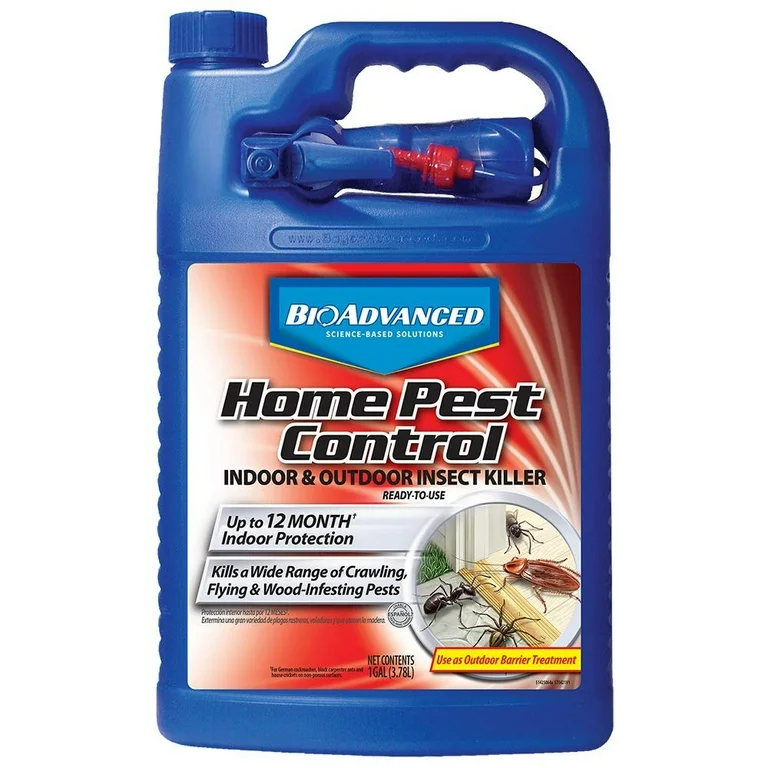Trusted EZ Washington DC Pest Control - Your Neighborhood Experts
Trusted EZ Washington DC Pest Control - Your Neighborhood Experts
Blog Article
Deep Dive Into Bed Pest Treatment Techniques: Which Strategy Functions Best for Different Problems?
In the battle versus bed pest infestations, the option of therapy approach can considerably affect the end result. With various approaches offered, from chemical therapies to warmth and steam methods, figuring out one of the most reliable solution for various invasions is important. Each technique comes with its own set of restrictions and advantages, affecting variables such as the extent of the infestation, the type of environment, and the resources available. By exploring the nuances of each treatment option and understanding how they align with specific infestation scenarios, one can make informed decisions to combat these resistant parasites efficiently.
Chemical Therapies
Chemical therapies are typically utilized in the specialist eradication of bed pests as a result of their efficiency in targeting and eliminating problems (EZ washington dc best pest control). These therapies involve the application of pesticides, which are specifically created to eliminate bed bugs at numerous stages of their life process. Professionals typically utilize a combination of recurring pesticides, contact sprays, and insecticidal dirt to ensure comprehensive coverage and lasting impacts

Insecticidal dust is an additional critical part of chemical therapies, as it can be injected into hard-to-reach locations where bed insects may hide, such as wall surface spaces and electric outlets. This technique makes certain that even the most evasive bed insects are reached and eradicated, bring about even more successful treatment end results.
Warmth Treatment
Making use of warmth treatment is a non-chemical technique that has revealed encouraging outcomes in successfully getting rid of bed bug infestations. This approach entails increasing the temperature within the infested location to degrees that are deadly to bed bugs, typically in between 117 to 122 degrees Fahrenheit. The warm penetrates right into cracks, gaps, and furniture where bed pests hide, ensuring an extra extensive eradication contrasted to some chemical treatments.
Among the essential benefits of warm therapy is its capability to eliminate bed bugs in any way life stages, including fairies, adults, and eggs. Unlike some chemical pesticides that might not constantly be efficient against eggs, heat therapy uses an extra detailed option. Additionally, warm therapy does not leave any type of chemical deposits, making it a more secure option for individuals with level of sensitivities or concerns regarding chemical direct exposure.
However, it is important to keep in mind that warmth therapy requires specific devices and experienced professionals to guarantee appropriate implementation. Improper heat circulation can cause some locations not getting to the necessary temperature for elimination, bring about prospective therapy failings. Despite this, when done correctly, heat treatment can be a very reliable approach for removing bed bug infestations.
Vapor Therapy
Having explored the efficiency of warmth treatment in combating bed bug problems, an additional non-chemical technique that calls for interest is heavy steam treatment. Vapor treatment involves making use of heavy steam devices to deliver extreme warm directly to bed bug-infested areas, properly killing bed bugs in all stages of development, consisting of eggs. The heats generated by vapor permeate right into holes and fractures where bed bugs conceal, making certain a much more extensive removal compared to some various other methods.
One of the essential benefits of heavy steam therapy is its non-toxic nature, making it a secure option for households with individuals, pets, or youngsters sensitive to chemicals. EZ bed bug exterminator dc. Furthermore, vapor treatment can be especially valuable in situations where chemical treatments might not be effective or suitable, such as in locations with pesticide resistance or for ecologically aware people seeking greener alternatives
While heavy steam therapy can be very efficient when properly applied, it is vital to adhere to supplier guidelines to guarantee security and make the most of results. Routine tracking more and retreatment may be needed to entirely remove bed pest problems making use of vapor therapy.
Vacuuming and Cleansing
For effective bed pest control and avoidance, extensive vacuuming and precise cleansing of plagued locations are necessary steps in the obliteration procedure. Vacuuming is an essential method to literally remove bed pests, their eggs, and larvae from various surface areas in the plagued environment.
Along with vacuuming, detailed cleansing of ravaged areas is critical to remove bed insect hiding spots and minimize their numbers. Cleaning involves rubbing surfaces with a stiff brush to displace eggs and vacuuming up the debris. Warm water and cleaning agent can be used to tidy bedding, clothes, and various other washable products to find out here eliminate bed pests and eliminate any kind of eggs existing. Regular cleansing and decluttering can aid avoid bed insect problems and maintain a pest-free environment.
Integrated Insect Administration
In addressing bed bug problems, a thorough method that includes numerous strategies and techniques, including Integrated Insect Administration (IPM), is crucial for long-term control and avoidance. IPM is a efficient and lasting technique that incorporates numerous methods to resolve parasite concerns while decreasing threats to human health and the environment. This method involves extensive assessment, tracking, and the application of a customized treatment strategy based upon the details infestation qualities.
Integrated Bug Management for bed pests commonly consists of a mix of non-chemical techniques such as vacuuming, heat therapy, securing gaps and cracks, laundering infested items, and utilizing mattress coverings. In addition, targeted pesticide application may be employed along with various other methods to manage bed bug populaces successfully. Routine follow-up assessments and tracking are essential parts of IPM to make sure the success of the treatment and prevent future invasions. By adopting an Integrated Bug Monitoring technique, individuals and bug control experts can attain resilient and sustainable lead to controlling bed pest infestations.
Conclusion

In spite of this, when done correctly, heat therapy can be a highly reliable method for getting rid of bed bug invasions.
Having actually checked out the efficiency of warm therapy in combating bed bug invasions, an additional non-chemical method that calls for attention is heavy steam therapy. Steam treatment entails using heavy steam equipments to deliver intense look at here warm straight to bed bug-infested areas, successfully eliminating bed bugs at all stages of growth, consisting of eggs.In conclusion, the most efficient bed pest treatment method depends on the intensity of the problem. Chemical therapies are typically utilized for modest infestations, while heat treatment is recommended for serious instances.
Report this page